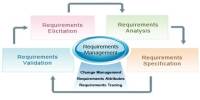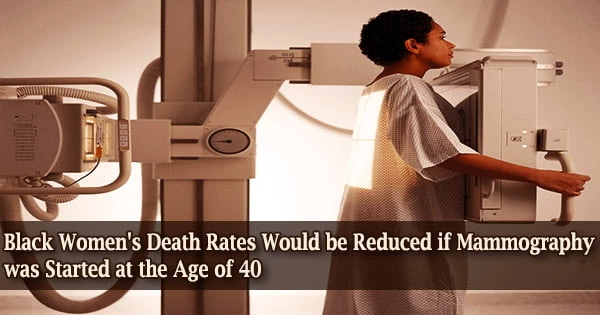The unequal allocation of resources and services across different areas or places, such as healthcare, welfare, public services, household income, and infrastructures, is referred to as spatial inequality. The spatial distribution of such qualities can be represented using terminology like proximity, distance, clustering, and concentration. Spatial inequality can be seen in the urban/rural divide, between states or nations, or within the same geographical unit between more and less disadvantaged areas.
Access to healthcare and health resources is physically constrained for some communities, resulting in health disparities. For example, a person may be physically incapable of traversing the distances required to reach healthcare services, or the lengthy distances may make receiving regular care undesirable despite the possible benefits.
In 2019, the federal government designated approximately 80% of rural America as “medically underserved,” with a shortage of skilled nursing facilities, rehabilitation, psychiatric, and acute care units. There are around 68 primary care doctors per 100,000 persons in rural areas, compared to 84 doctors per 100,000 in urban areas. According to the National Rural Health Association, about 10% of rural counties did not have a doctor in 2017. Rural areas had lower life expectancy and higher incidence of diabetes, chronic disease, and obesity.
Costa Rica, for example, has demonstrable health spatial inequities with 12–14% of the population living in areas where healthcare is inaccessible. Inequity has decreased in some areas of the nation as a result of the work of healthcare reform programs, however those regions not served by the programs have experienced a slight increase in inequity.
As a result of the degeneration of the Cooperative Medical System, China saw a significant decline in spatial health equity during the Chinese economic revolution in the 1980s (CMS). The CMS established an infrastructure for rural healthcare delivery as well as a framework for funding based on community contributions and government subsidies. In its absence, there was a considerable decline in the number of healthcare professionals (35.9 percent) as well as functioning clinics in rural regions (from 71 percent to 55 percent of villages over 14 years), resulting in inequitable healthcare for rural residents.
Rural workers’ substantial poverty (some earning less than $1 per day) further restricts access to healthcare, resulting in hunger and poor general hygiene, exacerbating the loss of healthcare resources. The loss of the CMS has had a substantial influence on life expectancy, with rural areas such as Western China suffering much lower life expectancy.
Similarly, people in rural Tajikistan face geographic health disparities. According to a study conducted by Jane Falkingham, physical access to healthcare is one of the key factors impacting the quality of maternal healthcare. Furthermore, many women in the country’s rural areas lacked proper access to healthcare resources, resulting in inadequate maternity and newborn care. These rural women were, for instance, far more likely to give birth in their homes without medical oversight.
The uneven effects of the COVID-19 pandemic, ongoing police brutality, and the recent surge in Asian hate crimes have brought health and health care inequities to the forefront of public and media attention. However, differences in health and health care are not new. They’ve been documented for decades, and they represent long-standing structural and systemic imbalances rooted in racism and prejudice.
















